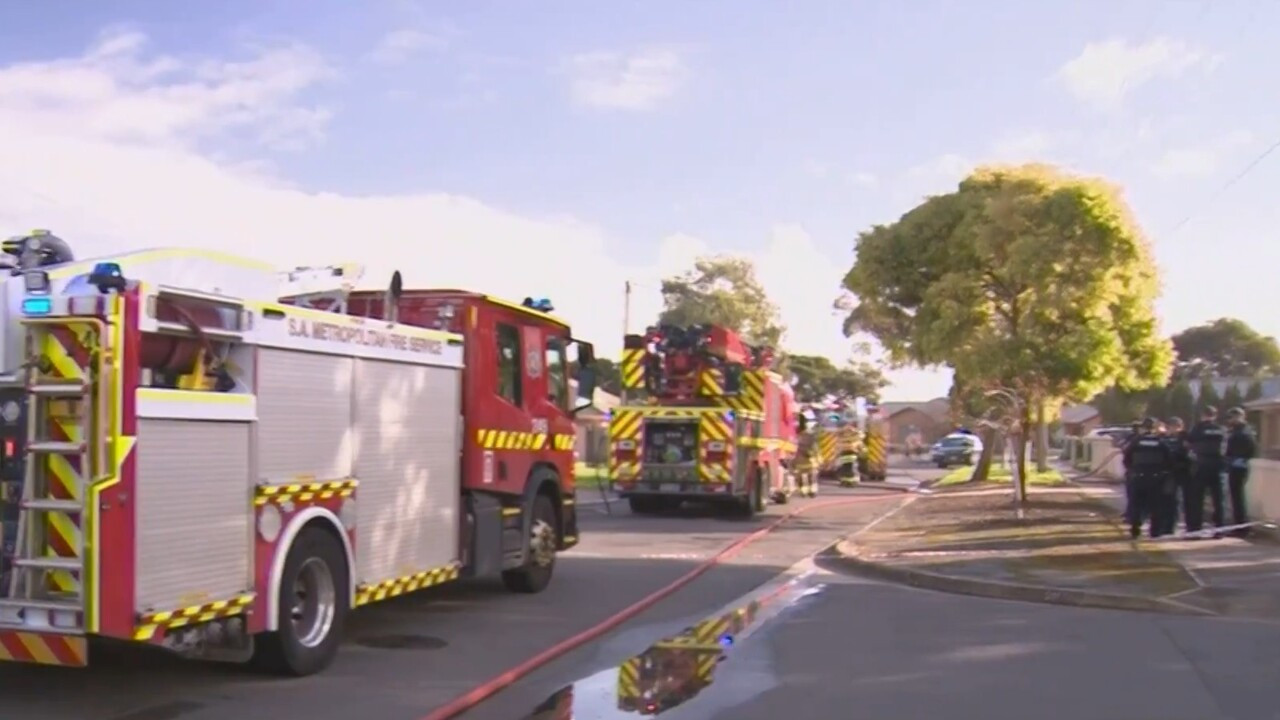US Navy Fighter Jet Shot Down in Red Sea: Friendly Fire Incident
Two U.S. Navy pilots were shot down on Sunday over the Red Sea in a shocking incident of apparent friendly fire, marking a significant escalation in the ongoing conflict with Yemen's Houthi rebels. The pilots, who were flying an F/A-18 Super Hornet, successfully ejected from their aircraft and were recovered alive, although one sustained minor injuries. The incident occurred amidst heightened tensions in the region, with the U.S. military conducting airstrikes targeting Houthi rebels and the Houthis retaliating with missile and drone attacks.
The Incident and its Aftermath
The U.S. military’s Central Command confirmed the incident, stating that the guided-missile cruiser USS Gettysburg, part of the USS Harry S. Truman Carrier Strike Group, mistakenly fired upon and hit the F/A-18. This error occurred while the U.S. military was conducting airstrikes targeting Houthi rebels. The F/A-18 had just taken off from the USS Harry S. Truman aircraft carrier, which had recently entered the Middle East. The precise mission of the pilots remains undisclosed.
The USS Gettysburg's Actions
The USS Gettysburg is a Ticonderoga-class guided missile cruiser, equipped with advanced radar and communication systems, making the friendly fire incident even more perplexing. The incident highlights the complexities and risks of military operations in highly contested environments. The lack of clarity surrounding the incident has fueled speculation and raised questions about the effectiveness of communication and coordination within the U.S. military’s battle group.
Escalating Tensions in the Red Sea
The Red Sea corridor has become increasingly dangerous due to the ongoing attacks on shipping by the Iranian-backed Houthis. Despite the presence of U.S. and European military coalitions patrolling the area, the Houthis have continued to launch attacks, using drones and cruise missiles. This heightened activity represents a dangerous dynamic in the region. The increase in these attacks has made the Red Sea a highly volatile area. The U.S. has stepped up its airstrikes against the Houthis in response to their attacks, further escalating the situation.
Houthi Claims and US Actions
The Houthis, after the incident, claimed they had targeted the aircraft carrier USS Harry S. Truman the day before and the subsequent shooting down of the F/A-18 was a result of that operation. However, the U.S. Central Command directly refuted these claims, emphasizing that the incident was not a result of hostile fire and that a full investigation was underway. The US has confirmed carrying out airstrikes on Houthi military installations in Sana’a and surrounding areas. These strikes targeted a missile storage facility and a command-and-control facility. The strikes themselves generated a renewed response from Houthi forces.
The Broader Context: Yemen, Israel, and Global Implications
The incident underscores the complex geopolitical dynamics at play in the region. The ongoing conflict in Yemen, exacerbated by the Israel-Hamas war, has created a volatile environment with far-reaching implications. The Houthis, emboldened by the war in Gaza, have intensified their attacks on shipping in the Red Sea, aiming to disrupt global trade and pressure international actors. Their attacks often target vessels that have little to no connection to the conflict itself. This pattern of targeting ships reflects an escalated response to the ongoing conflict, despite the potential risks of jeopardizing global trade and international relations.
The Israel-Hamas war has also impacted regional stability. Israel has launched retaliatory airstrikes against the Houthis, who have increased their attacks against Israel with drones and missiles, adding another layer of complexity and heightening tension. The actions taken by both sides have had and will continue to have widespread consequences, especially within the broader geopolitical context.
A Dangerous Game of Cat and Mouse
This incident is not an isolated occurrence; it's a symptom of a wider conflict that has taken hold in the Red Sea. The Houthi attacks, the U.S. military response, and the escalating situation necessitate a careful analysis of the ongoing situation and the steps that can be taken to create some sense of peace. The increased military presence from multiple countries, the high level of attacks targeting civilian ships and the heightened tensions among multiple groups, all point to a heightened risk of further conflicts within the area. The interplay of numerous conflicting parties risks further escalation, demanding decisive action to prevent future incidents.
The need for de-escalation is critical. Finding a path towards peaceful resolution is essential, not only for regional stability but for global security. The ongoing instability affects global trade routes, and the potential for further escalation poses a serious risk to international stability. Therefore, addressing the root causes of the conflict and working towards a comprehensive solution remains a priority.

















